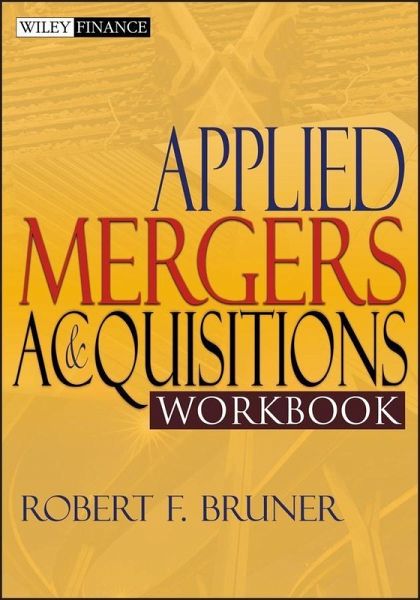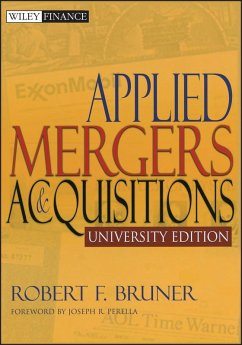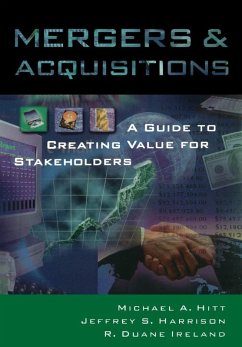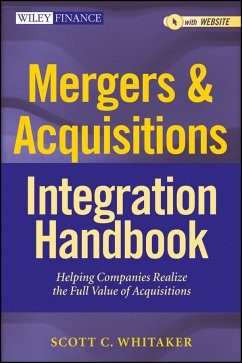
Applied Mergers and Acquisitions Workbook (eBook, ePUB)
Versandkostenfrei!
Sofort per Download lieferbar
30,99 €
inkl. MwSt.
Weitere Ausgaben:

PAYBACK Punkte
0 °P sammeln!
The Applied Mergers and Acquisitions Workbook provides a useful self-training study guide for readers of Applied Mergers and Acquisitions who want to review the drivers of M&A success and failure. Useful review questions as well as problems and answers are provided for both professionals and students. Readers will further their knowledge, build practical intuition, and learn the art and science of M&A by using this comprehensive self-study workbook in conjunction with the main text.
Dieser Download kann aus rechtlichen Gründen nur mit Rechnungsadresse in D ausgeliefert werden.












